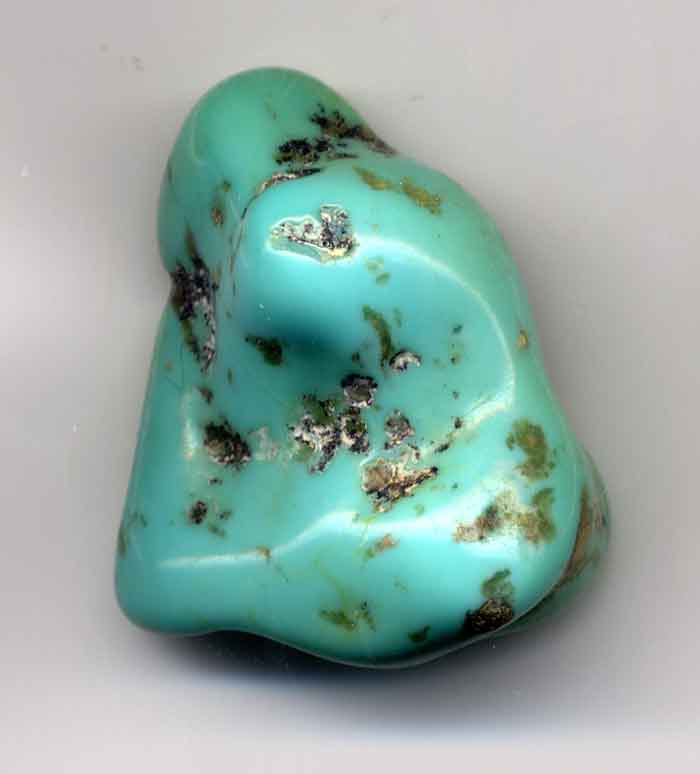Back to Bentari Project Blog
Bentari Project Blog
Posted:
Saturday, December 10, 2016

Ellen Meloy’s The Anthropology of Turquoise: REFLECTIONS ON DESERT, SEA, STONE, AND SKY came to me highly recommended by a writer friend. He told me that Ellen Meloy’s ability to cast readers under the spell of “Place” was the best he’d seen. Turns out, he connected.
If you ever wanted to cry until you laughed or to eat until you were starving, Ellen Meloy[1] seduces you to follow her there and back. Her own life, her family’s history, its diaspora and her own romance with her husband Mark comprise the windswept backdrop. The grist is the desert sand, the dust painted across land and sea, and the precious, benevolent and benign sky colored stone—the blue green Turquoise prized by men and women for hundreds of reasons and thousands of years. You are awash in time, afloat in the melting cover of color and light, severed and free, cut loose from the concrete calendar. On wings, you soar from L.A. to the Big Sur and the Sierras. On the last rays of sunset, you sail to the mines of ancient Nishapur in Iran where turquoise has been found for the world’s delight for at least 2,000-years—where saffron is harvested by hand one plant stigma at a time. It is here where you learn the truth that, yes, turquoise does have an anthropology of and unto its own vast self. We are bound to it by history and hue, by beauty and devotion. Here, your eyes open and you see. Ellen’s study teaches this: “Despite their distance from one another in time and place, people of diverse desert cultures invested turquoise with similar properties. This stone was universally benign, it soothed the vision, it bound eye and color like no other. The virtues of turquoise are available only if it is a gift, the old books say.”
Why do desert mountain sheep persist in lands devoid of sustenance? Why do herons follow courses above rivers long dried up from over-damming? And why in the name of “gad”[2] would Ellen Meloy risk her neck for a pair of rubber bathtub ducks? Ellen Meloy enjoins you to a world too beautiful to deny. Despite her intermittent and frank despair, the thin sliver of turquoise light, the final ray of sunset and the blue, blue sea conspire to bring her home—home to her desert, home to her husband and home to peace with time—and especially, to our peace with place—our home—our lovely, precious home.
Don’t be a “pū.”[3] Read this book and tell me if you don’t want to run out and buy a turquoise gift to give to a friend.
Photo: Turquoise pebble—Image used with thanks to author Adrian Pingstone who graciously released this photo in the public domain to be used for any purpose.[4]
[1] http://www.ellenmeloy.com/ Ellen Meloy: 1946-2004
[2] Gad: Navajo word, “I thought it referred to a deity. Instead, it is the word for juniper…” Ellen Meloy
[3] Pū: “… a Japanese term that describes a person who is at home and unproductive, perhaps between jobs.” Meloy
[4] https://commons.wikimedia.org/wiki/File:Turquoise.pebble.700pix.jpg
|